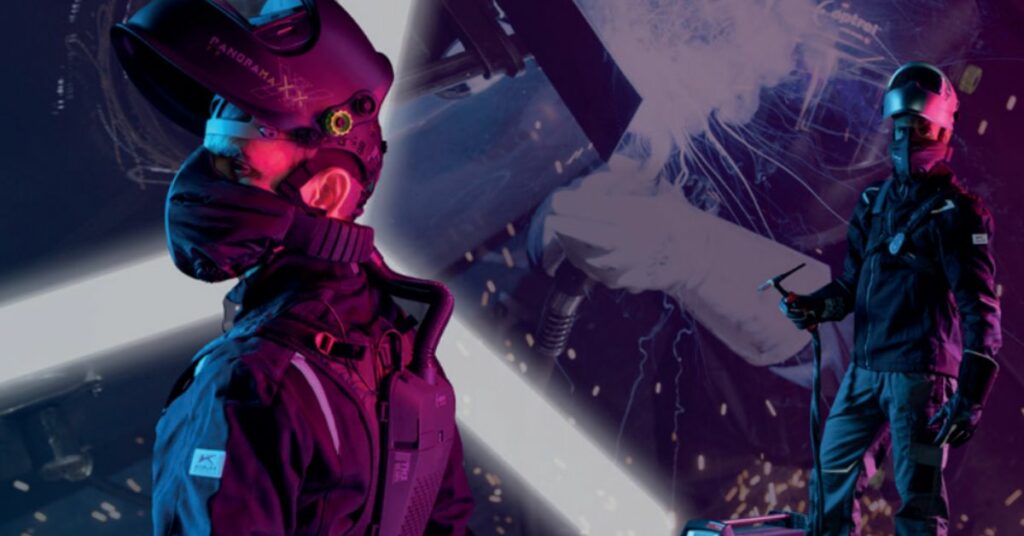
In demanding work environments – from welding and construction to healthcare – safeguarding respiratory health is non-negotiable. Among the available respiratory protection choices, both negative pressure respirators and Powered Air-Purifying Respirators (PAPRs) are crucial for filtering out dangerous airborne pollutants.
Negative pressure respirators, like the common N95 mask, rely on the wearer’s inhalation to draw air through a filter. On the other hand, PAPRs are advanced systems. They use a powered fan to intake surrounding air, filter it, and deliver clean, breathable air to the user.
Understanding these fundamental differences is crucial for choosing the right equipment to ensure your safety and well-being. Discover how Optrel’s range of respiratory solutions can help you breathe with confidence.
With negative pressure systems, the wearer inhales, drawing air through a filter that captures contaminants. These systems typically require a tight facial seal to function effectively. This is true with common N95 respirators and half-face masks.
Optrel offers NIOSH-approved N95 masks. These masks provide good respiratory protection in places with lower airborne hazards. Notably, Optrel’s transparent N95 masks enhance communication by allowing clear visibility of facial expressions, a significant advantage in fields like education and healthcare.
With negative pressure respirators, your lungs become the engine. But that can be a problem—especially over long shifts or for workers already managing health conditions.
Positive pressure PAPRs use a battery-powered blower. This blower provides a steady flow of clean, filtered air into the face piece, hood, or helmet. This creates a positive outward airflow, preventing contaminants from entering, even if the seal isn’t perfect.
Optrel offers versatile positive pressure respirator options tailored to various needs and environments.
The Swiss Air lightweight system attaches to the body and offers respiratory protection without a helmet. Its comfort and compatibility with facial hair make it great for active settings with low particle levels.
The E3000X offers effective filtration and strong protection for tough tasks. The E300X is compatible with Optrel’s welding helmets. This device has a long-lasting battery, adjustable airflow, and an optional cooling system.
When selecting respiratory protection, consider these key distinctions:
| Feature | Negative Pressure | Positive Pressure |
| Airflow Mechanism | User-powered (inhalation) | Battery-powered blower (PAPR) |
| Fit Testing | Yes | Often not required |
| Facial Hair Compatibility | No | Yes |
| Comfort Level | Lower (can cause fatigue) | Higher (reduces strain) |
| Protection Factor | Up to 50 | 25-1000 |
| Common Uses | Construction, general labor | Healthcare, welding, labs |
Optrel provides a range of solutions to meet diverse needs, backed by an ongoing commitment to quality and innovation.
OSHA regulations mandate annual fit testing for tight-fitting negative pressure respirators, which can pose logistical challenges for businesses with rotating staff. Loose-fitting positive pressure systems eliminate this requirement and accommodate individuals with facial hair or fit issues. The Optrel Swiss Air offers a compelling solution, combining the comfort of positive pressure with the security of a tight-fit option.
For personalized assistance in selecting the ideal respiratory protection for your specific needs, contact Optrel today for guidance and support.